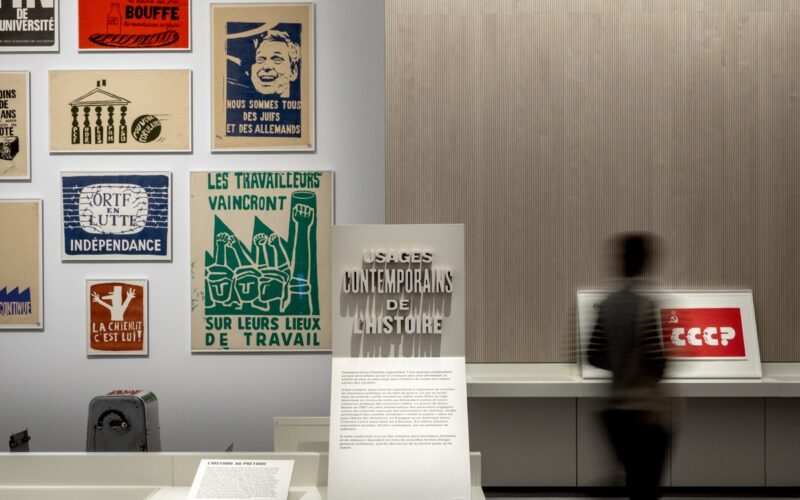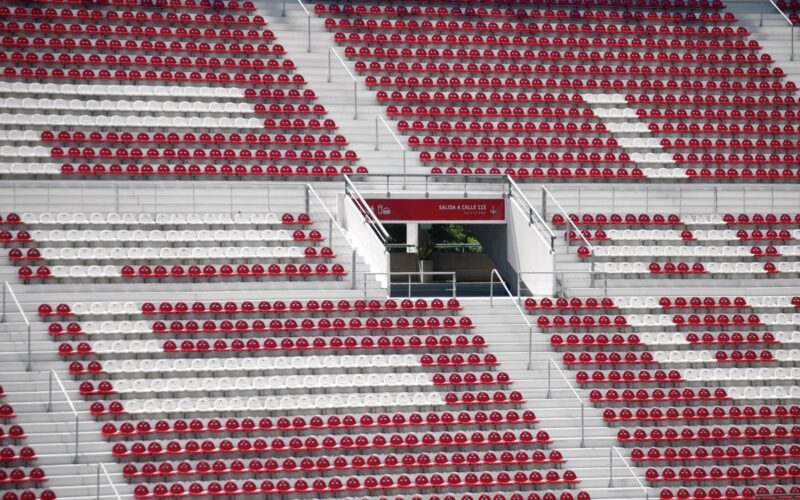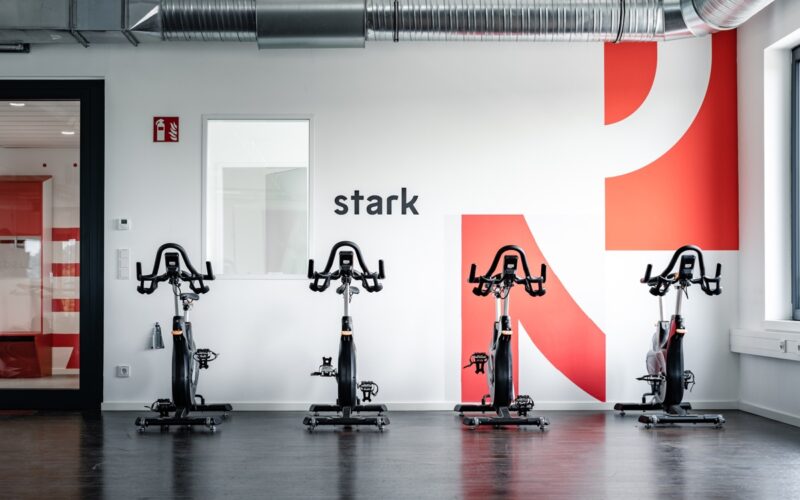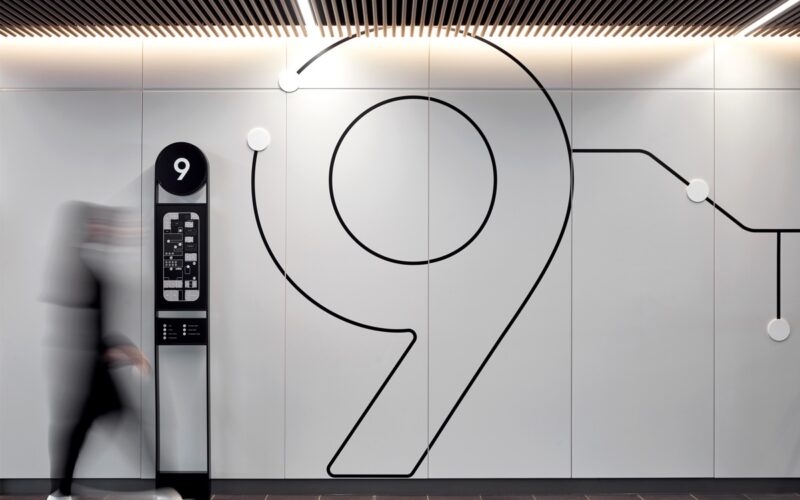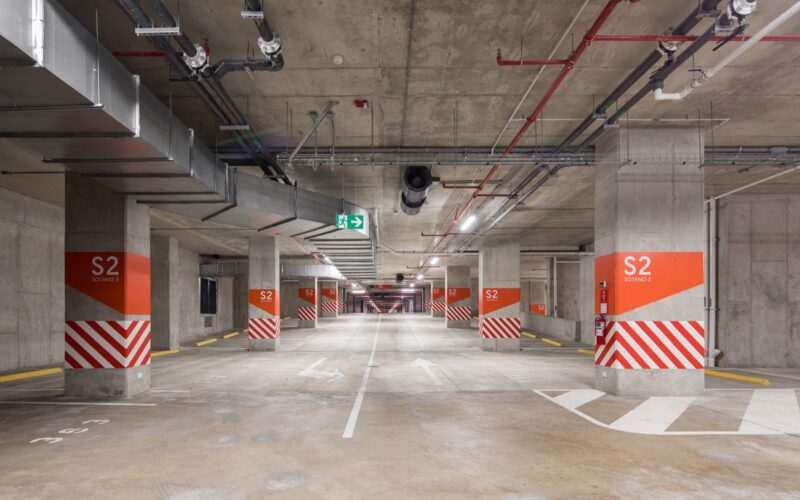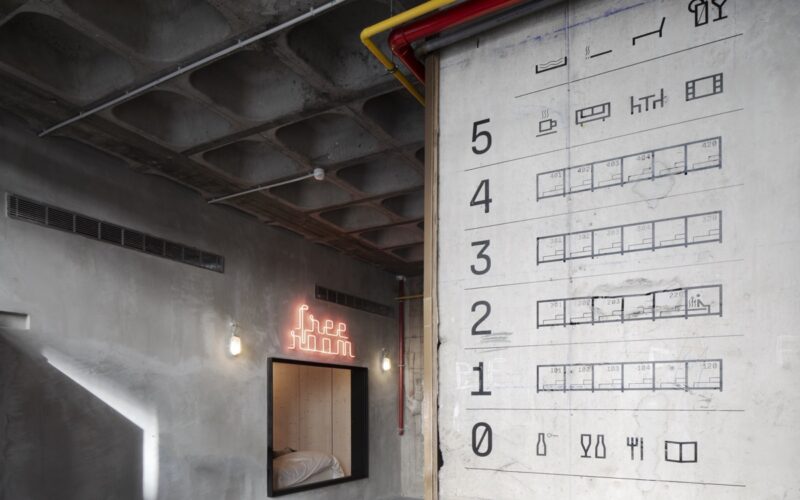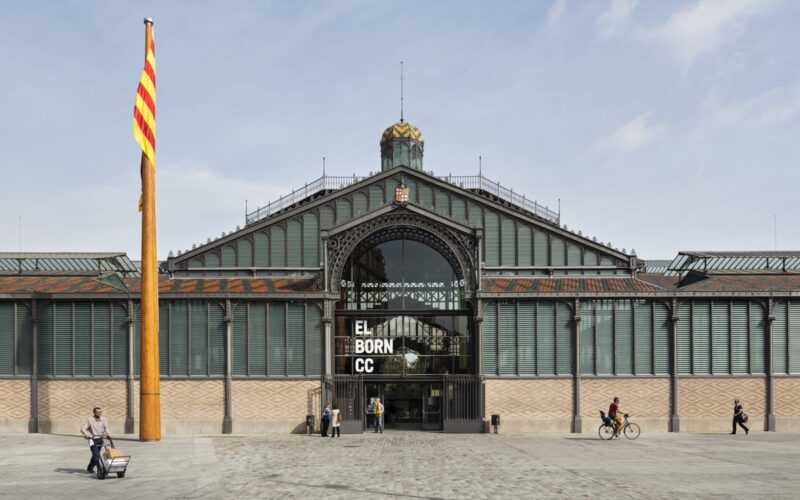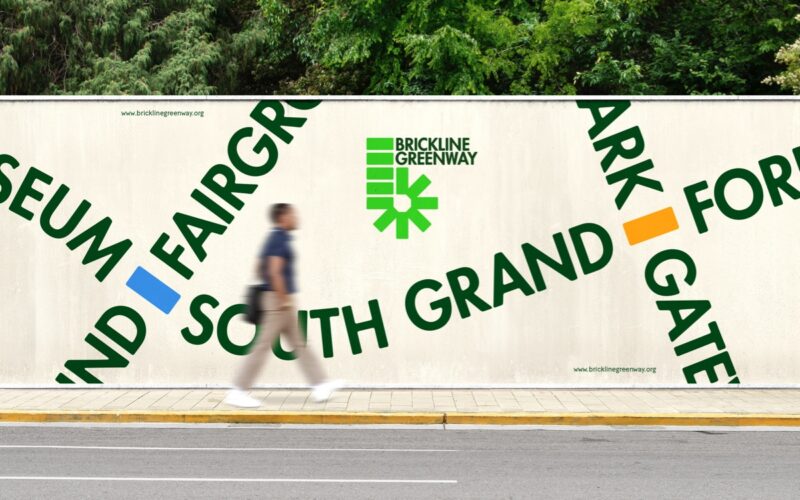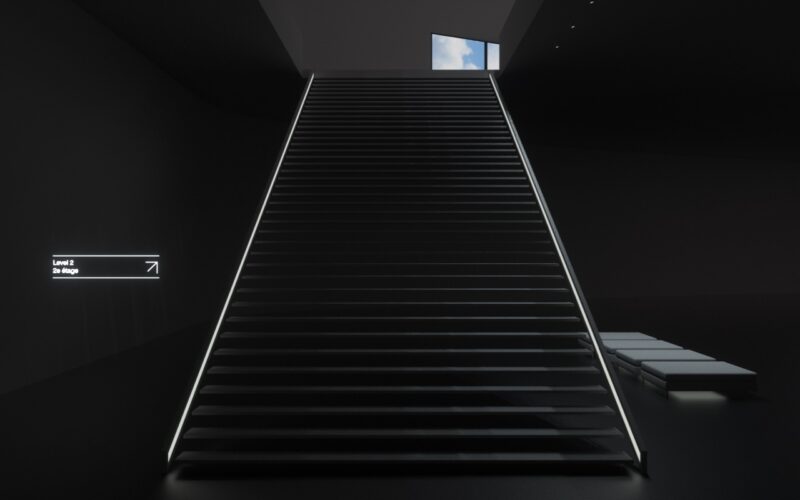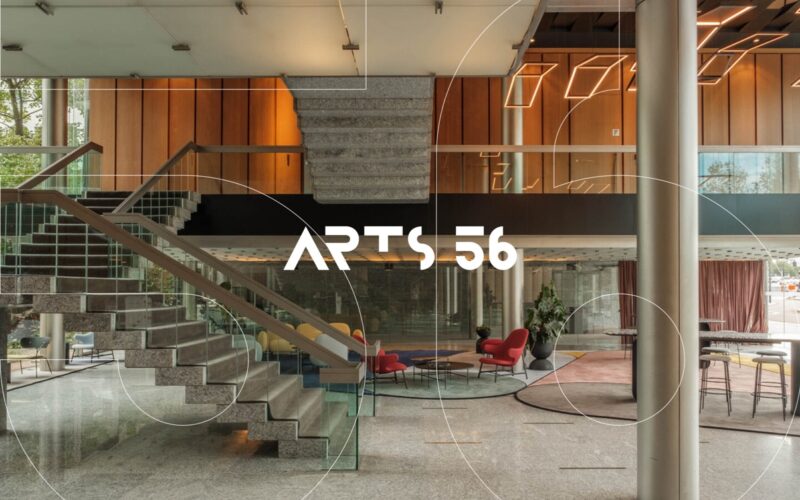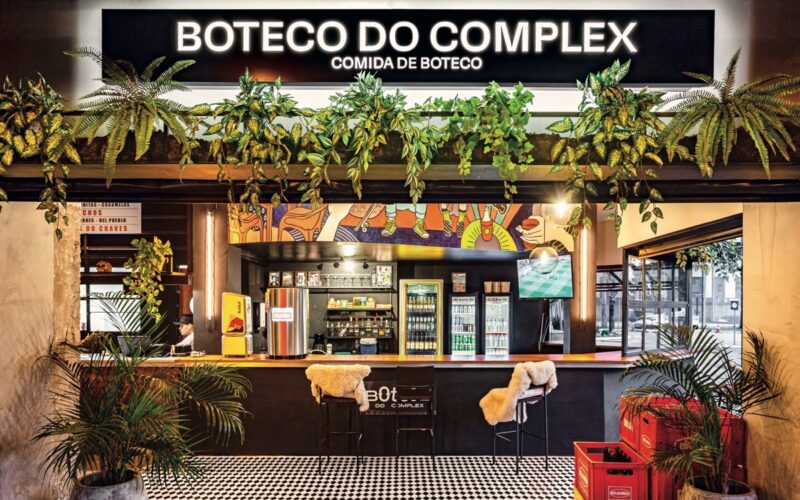“It is different because of the spatial issue. It is essential to keep in mind the connection and movement between the spaces. The notion of scale is also different: everything must be legible depending on the volume of the room or the area where the signage will be installed. All of this comes into play to create a space accessible...
InPlace Design — Buenos Aires, Argentina
“There are functional needs and emotional needs. If we manage to cover the former and meet the latter, we will be designing memorable experiences.”...
Morphoria Design Collective — Düsseldorf, Germany
“These designs help people navigate and understand their surroundings by using visual elements such as symbols, maps and typography to convey information. The goal is to create a logical and intuitive system for guiding people through a physical space, such as a building, campus or city, and to enhance the overall experience of that space. All of these types of...
Frost*collective — Sydney, Australia
“To design a truly effective way-finding system, designers must understand user needs and frustrations, e.g., are there any ambiguities in the journey?; are there any in-built personal biases that will impair their comprehension? Cultural or language barriers? What are the key reasons for visiting the space or building? Are there emotional factors that may impact how a person comprehends the...
Bosque — San José, Costa Rica
“The integration of a strategic approach with thoughtful, distinctive and opinionated visual languages allow the creation of memorable and recognisable identities that live far beyond bi-dimensional brand experiences.”...
Atelier d’alves — Sergio Alves — Porto, Portugal
“We have to understand very well from an early stage how people are going to relate to space. That is to say to anticipate what will be their behaviour when they face a staircase, a corridor, a button, an arrow or, of course, an icon/signage.”...
Forma — Barcelona, Spain
“Meeting the brief’s technical requirements is more important than fulfilling one’s creative expectations. It is important to understand that no solution will be good enough until it works as it is expected to work. This is something that we try to apply to all design projects, but we find it is more significant in way-finding and icon projects, as the...
Topos Graphics — New York/Atlanta, USA
Topos Graphics works with clients “to articulate their voices, then craft a suite of graphic solutions,” it says. “Our partners are intellectually curious, culturally conscious, and value design. We believe that collaborative processes create meaningful results.”...
Bruce Mau Design — Toronto, Canada
“Way-finding and signage can be compared to UX and UI design (respectively) but in physical space. It is about helping people navigate their surroundings as seamlessly as possible and ensuring that they can intuitively understand how to get where they need to go. So clarity is important, and accessibility. But we also think that delight is important. In our Toronto...
Baillat Studio — Montreal, Canada
“We always keep an open mind to fully explore the transformative power of design-focused human experiences”....
Bullseye — Oporto, Portugal
“Graphic design plays a crucial role in branding and marketing efforts, so keep it simple and consistent!”...
StudioBah — Porto Alegre, Brazil
“When developing environmental graphic-design projects, it is important to challenge yourself to elevate the results beyond their original functional objectives. These types of project should be seen as opportunities to potencialise the experiences that can be provided. When only functionality is considered, just the minimum is being accomplished. But we can always make it better.”...
